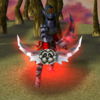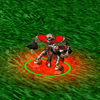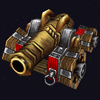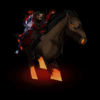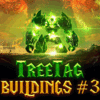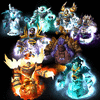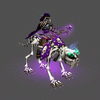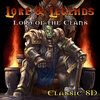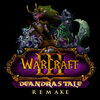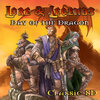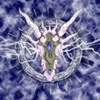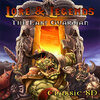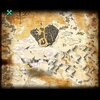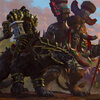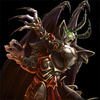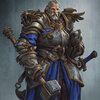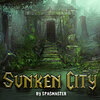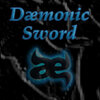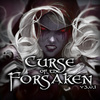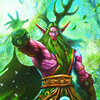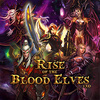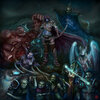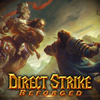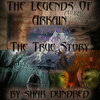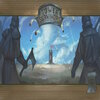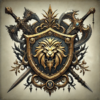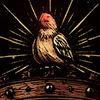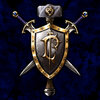Site Director
- Joined
- Jan 1, 2006
- Messages
- 3,153
Blizzard Speaks out about Warcraft 3 Reforged
During Activision Blizzard's Q4 2019 Earnings Call, J. Allen Brack, President of Blizzard Entertainment answered a question regarding the negative press on Warcraft 3 Reforged.
| Anthony Duplisea said: [...] And then relatedly also on Warcraft, there's been some negative press on Warcraft 3 Reforge lately. Can you tell us what you're doing to address that? Thanks. |
[...] Concerning Warcraft III Reforged, honestly, it's been a bit of hurry. Our community has come to expect really amazing things from us, and we've heard from them that we did not achieve that bar. But we stand behind our games and have consistently shown that not only do we support them, but we continue to build on them even after launch. And we're committed to doing that here as well. And so we're going to continue to update the depth of the game and we'll continue to update the community with our plans going forward. Thanks for the question. |










